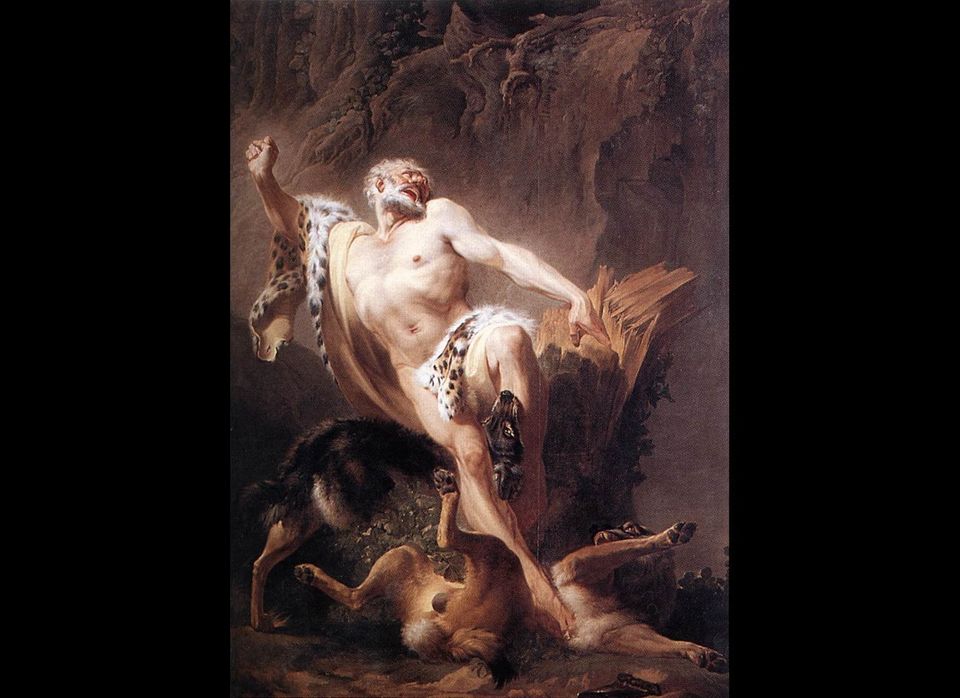
The Olympic Games of the ancient Greco-Roman world were held every four years without interruption for a thousand years--from 776 B.C. to A.D. 394--until they were disbanded by the Christian emperors of Rome. Those emperors condemned the Olympic festival as an ungodly rite dedicated to pagan gods. The ancient site of the Games--Olympia, Greece--was subsequently destroyed by imperial edict, and in after years its dismantled ruins were buried by natural disasters, such as earthquakes and floods. It wasn't until the 19th century that archaeological excavations began to reawaken interest in the Games as long-lost exemplars of "the glory that was Greece and the grandeur that was Rome."
The ancient Games were not much like the Olympics of today. Some of the main events--like boxing, wrestling, the long-jump, foot-race, discus throw, and so on--helped inspire the modern program we enjoy; but in other respect they were often brutal, life-and-death affairs that commonly ended in shattered bodies and abundant blood. Perhaps the most ferocious was the "pankration," an "ultimate fighting" type event, which combined boxing and wrestling with almost no holds barred. Often, only the victor survived. Later, when the Romans took over the Games after their conquest of Greece, boxers put iron nails into the leather thongs they wrapped round their hands for gloves. The resulting match was a gory, flesh-ripping spectacle worthy of the gladiatorial ring. Another crowd favorite was the chariot race, with lots of pile-ups and collisions that brought the cheering masses to their feet.
For all that, the Games also served a higher communal purpose, for they brought the peoples of scattered communities together in a common enterprise. That enterprise, however savage, also had its own spirit of fellowship and religious reverence linked to athletic pride. Indeed, it was just those ideals of cooperative endeavor embedded in the Games that some 1500 years later helped inspire the Olympic movement that gave rise to the modern Games.
It is my hope that my new book, A PASSION FOR VICTORY (Alfred A. Knopf, $19.99) --written especially for the young, but fashioned for all--gives a compelling account of Olympic history, in both text and image, from ancient to modern times
